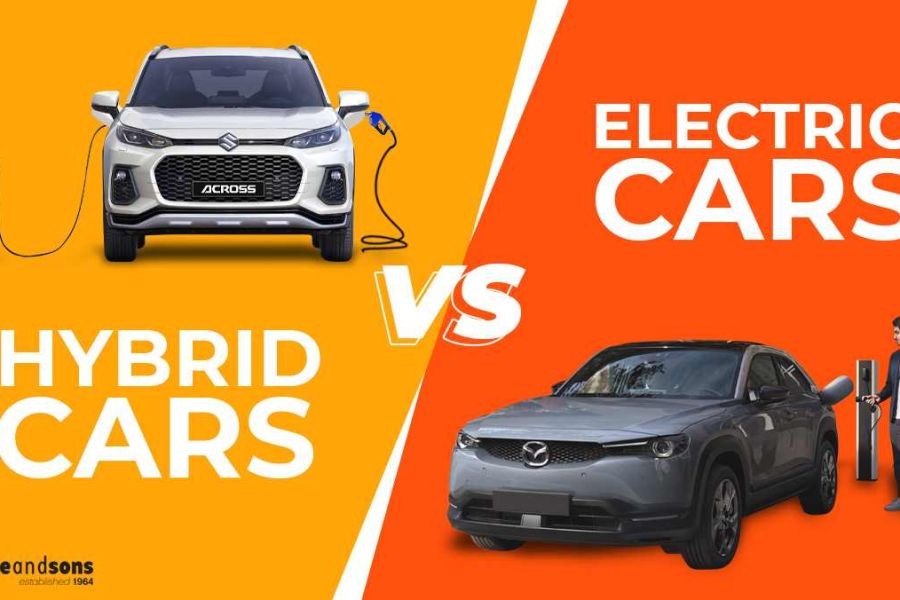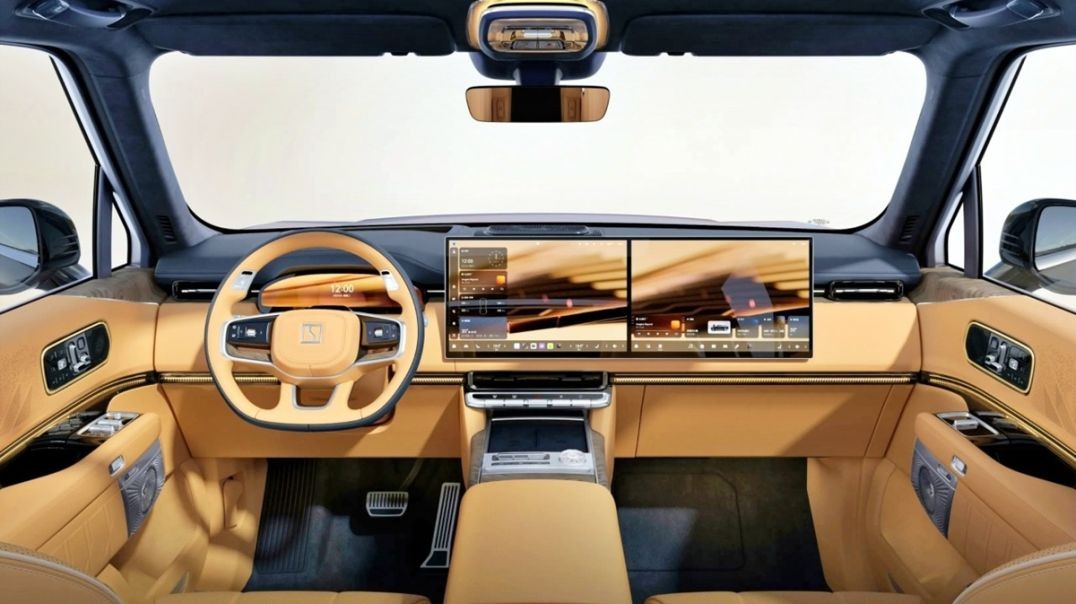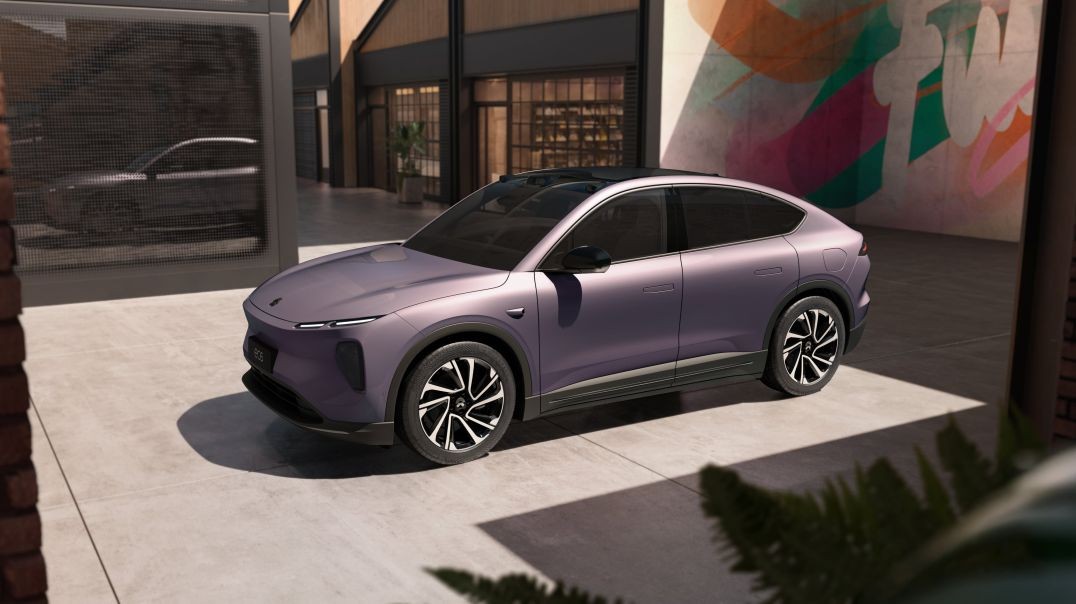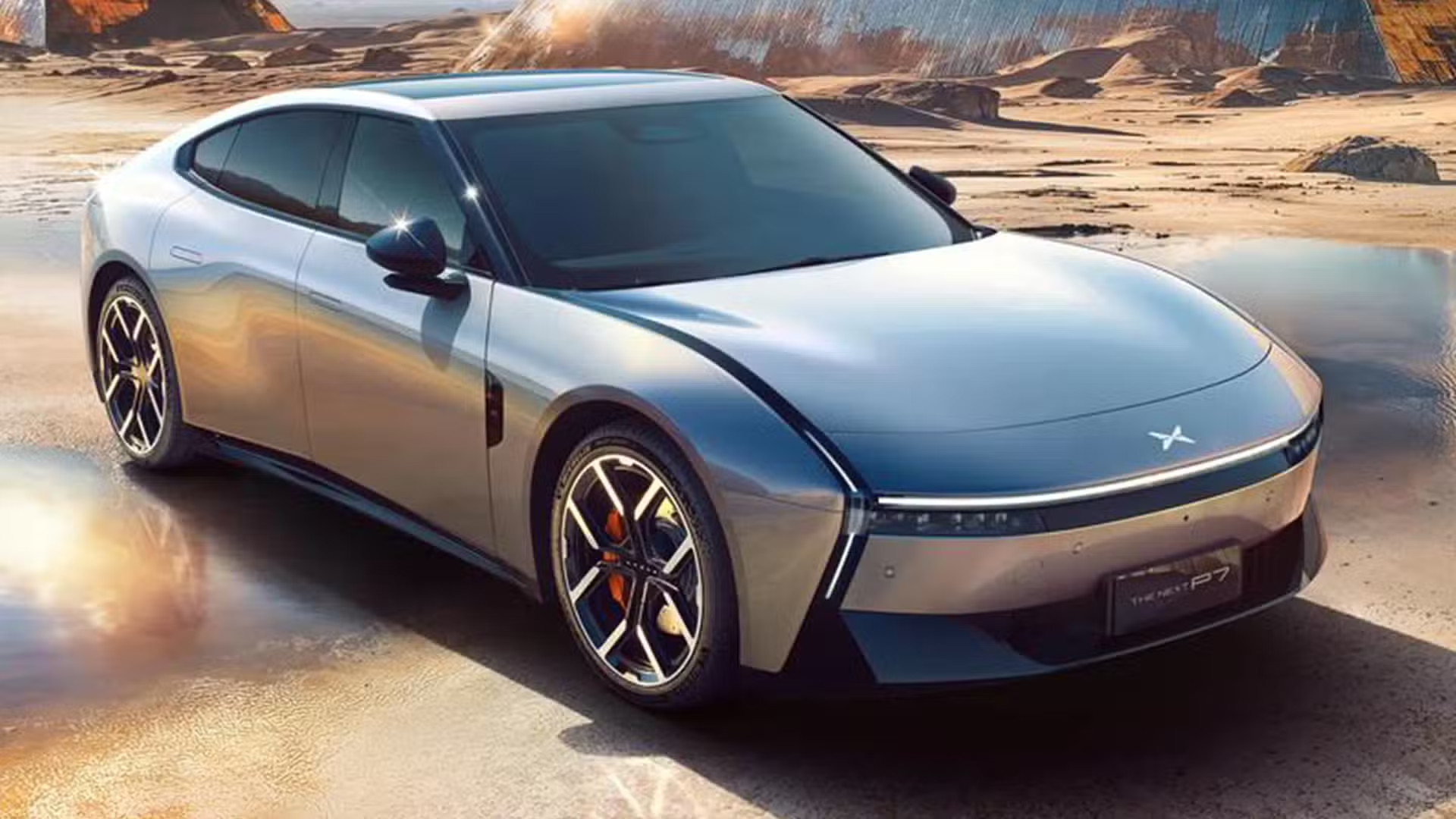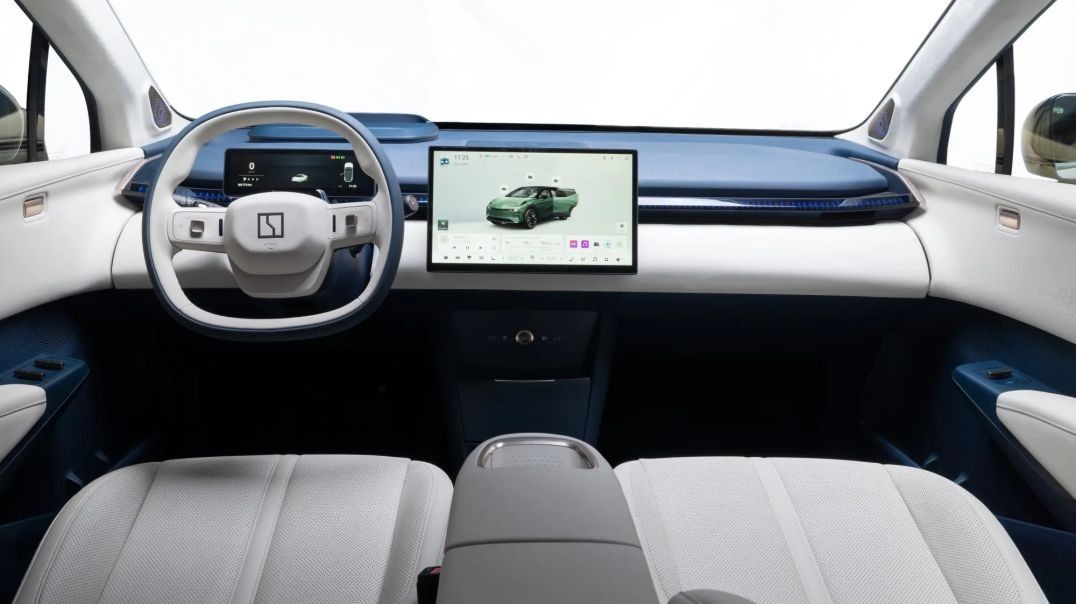In recent years, the automotive industry has seen a significant shift towards sustainability, with hybrid and fully electric vehicles (EVs) leading the charge. For Australian consumers, this transition is not just a matter of choice but also aligns with the nation’s broader environmental goals. As Australia aims to reduce its carbon footprint, understanding the benefits and limitations of hybrid versus fully electric cars becomes crucial. This article delves deep into the advantages and disadvantages of each, tailored specifically for the Australian context, and offers data-driven insights to guide policy advisors and consumers alike.
Understanding the Australian Automotive Landscape
Australia's automotive industry has traditionally been dominated by internal combustion engine vehicles. However, recent trends indicate a growing interest in electric vehicles. According to the Australian Bureau of Statistics, the number of registered electric vehicles increased by 62% from 2020 to 2022. This shift is driven by both increasing consumer awareness and government incentives aimed at reducing emissions.
Government Policies and Incentives
The Australian government has implemented several policies to encourage the adoption of electric vehicles. For instance, the government offers rebates for EV purchases and is investing in infrastructure to support EV charging stations nationwide. The National Electric Vehicle Strategy, introduced in 2021, aims to make electric vehicles more accessible to Australians and reduce the country’s greenhouse gas emissions by 28% by 2030.
Hybrid Cars: A Balanced Approach
Pros of Hybrid Cars
- Fuel Efficiency: Hybrid cars combine an electric motor with a traditional internal combustion engine, offering improved fuel efficiency. This is particularly advantageous in urban areas where stop-and-go traffic is common.
- Lower Emissions: Hybrids produce fewer emissions than conventional vehicles, contributing to better air quality and aligning with Australia’s environmental goals.
- Range and Convenience: Hybrids offer the benefit of a longer range compared to fully electric vehicles, alleviating range anxiety for longer trips.
Cons of Hybrid Cars
- Complexity and Maintenance: The dual system in hybrids can lead to higher maintenance costs due to the complexity of having both electric and combustion components.
- Higher Initial Cost: Hybrids are generally more expensive than conventional vehicles, though they are often cheaper than fully electric models.
- Limited Electric-Only Range: Many hybrids have a limited range for electric-only driving, which reduces their overall efficiency as a zero-emissions vehicle.
Fully Electric Cars: The Future of Transportation
Pros of Fully Electric Cars
- Zero Emissions: EVs produce no direct emissions, significantly reducing the carbon footprint and contributing to cleaner air in urban areas.
- Lower Operating Costs: EVs have fewer moving parts, which reduces maintenance costs. Additionally, electricity is typically cheaper than petrol, further lowering operating expenses.
- Government Incentives: Australian government incentives, such as rebates and tax benefits, make EVs more financially attractive.
Cons of Fully Electric Cars
- Range Limitations: Although the range of EVs is improving, it remains a concern for long-distance travel, especially in rural areas with limited charging infrastructure.
- Charging Infrastructure: While urban areas have seen an increase in charging stations, rural regions still face challenges, which can deter potential buyers.
- Higher Purchase Price: EVs generally have a higher upfront cost compared to traditional vehicles, though this is often offset by lower running costs over time.
Case Study: Tesla’s Impact on the Australian Market
Problem: Tesla entered the Australian market at a time when EV adoption was relatively low. The challenge was to increase consumer awareness and trust in electric vehicles.
Action: Tesla implemented a strategy focused on building a strong brand presence through showrooms and test drive events. They also invested in expanding the Supercharger network across key urban and rural locations.
Result: Within five years, Tesla became a leading EV brand in Australia, with sales growing by 50% annually. The increased availability of charging stations has reduced range anxiety, making EV adoption more feasible for Australians.
Takeaway: Tesla’s success in Australia demonstrates the importance of infrastructure and consumer education in driving EV adoption. Other manufacturers can learn from this by prioritizing charging infrastructure and engaging with potential customers through experiential marketing.
Common Myths and Misconceptions
Myth: “Electric cars are too expensive for the average Australian.”
Reality: While the initial purchase price can be high, the total cost of ownership for EVs can be lower than traditional vehicles due to savings on fuel and maintenance. Government incentives further reduce the financial burden.
Myth: “Australia doesn’t have enough charging stations.”
Reality: The number of charging stations is rapidly increasing, especially in urban areas. The government’s investment in charging infrastructure is expected to support 50,000 new charging points by 2025.
Myth: “Electric vehicles aren’t suitable for long-distance travel.”
Reality: Many modern EVs offer ranges exceeding 400 km on a single charge, and with the expansion of fast-charging networks, long-distance travel is becoming more practical.
Future Trends and Predictions
By 2030, it is predicted that electric vehicles will make up 50% of new car sales in Australia. This shift will be fueled by technological advancements, such as improved battery efficiency and reduced costs. Additionally, as Australia continues to invest in renewable energy, the environmental benefits of EVs will be further enhanced.
Conclusion
For Australians, the decision between hybrid and fully electric cars depends on individual needs and circumstances. While hybrids offer a middle ground with improved fuel efficiency and range, fully electric vehicles represent the future of sustainable transportation. As infrastructure improves and costs decrease, EVs are likely to become the preferred choice for eco-conscious consumers. The ongoing support from the Australian government and private sector will play a crucial role in this transition.
Final Takeaways
- Hybrid vehicles offer a balance between traditional and electric, ideal for those seeking improved fuel efficiency without range anxiety.
- Fully electric vehicles provide zero emissions and lower long-term costs, aligning with Australia’s environmental goals.
- The expansion of charging infrastructure is critical to the success of EV adoption in Australia.
- Government incentives make both hybrid and fully electric vehicles more accessible to Australian consumers.
What’s your take on the future of electric vehicles in Australia? Share your insights and join the conversation!
People Also Ask
- How does the adoption of electric vehicles impact Australia's economy? The adoption of electric vehicles is expected to create new jobs in manufacturing and infrastructure development, while reducing Australia's reliance on imported oil, according to a report by the Australian Treasury.
- Which type of car is more environmentally friendly, hybrid or fully electric? Fully electric vehicles are more environmentally friendly as they produce zero emissions during operation, unlike hybrids which still rely on fossil fuels.
Related Search Queries
- Electric vehicles in Australia 2023
- Hybrid cars vs electric cars pros and cons
- Best hybrid cars in Australia
- Government incentives for electric cars in Australia
- Electric vehicle charging stations in Australia






